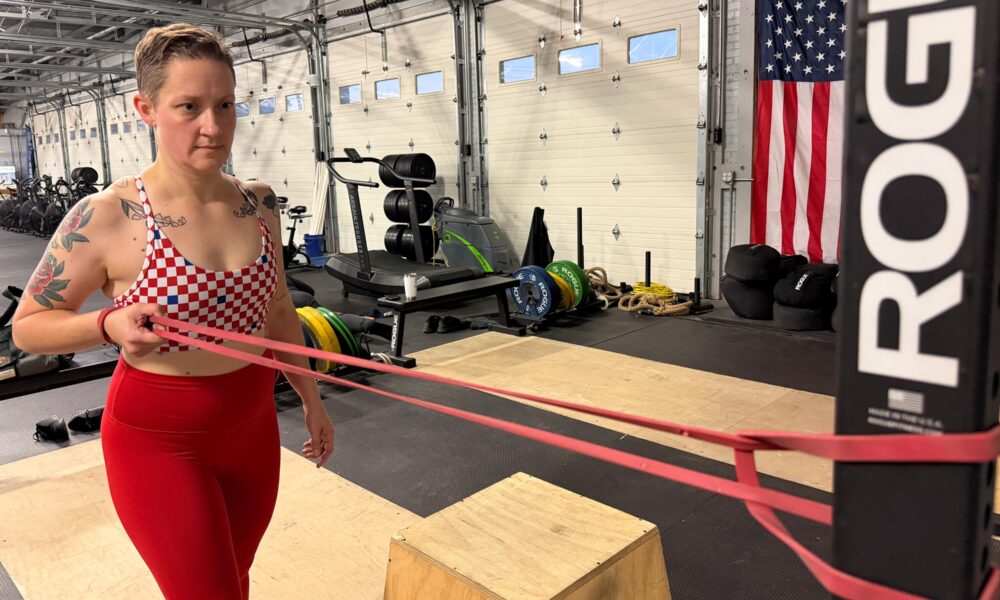The increasing use of smartphones and laptops has led to a common ailment known as “tech neck,” characterized by forward head posture and associated discomfort. Physical therapist Patrick Suarez from Albany, New York, emphasizes the importance of addressing this issue through targeted exercises rather than simply stretching the neck muscles, which can exacerbate the problem.
Tech neck occurs when individuals routinely tilt their heads forward, causing strain on the neck and upper back muscles. This condition is not exclusive to personal device use; it can also arise from poor ergonomics while driving. Suarez suggests adjusting your seating position in the car to promote better posture, recommending that drivers sit all the way back in their seats with their shoulders aligned and heads resting against the headrest.
Suarez acknowledges the challenge of maintaining proper posture throughout the day. “It’s unrealistic for me to ask you… to stand up tall, get your head back for the entire day,” he explains. Instead, he advocates for a gradual improvement in posture through simple exercises aimed at strengthening the upper back and neck muscles.
Four Exercises to Alleviate Tech Neck
To combat tech neck, Suarez recommends incorporating four specific exercises that focus on enhancing strength and alignment in the neck and upper body. These exercises target key muscle groups, including the levator scapulae and trapezius muscles, which play a crucial role in maintaining proper head and shoulder alignment.
1. **Wall Angels**
This exercise improves posture and shoulder mobility. Stand against a wall with your back straight, ensuring contact between your low back, shoulders, and head. Raise your arms to form a “cactus” shape with elbows bent at 90 degrees, then slowly slide your arms overhead before returning to the starting position.
2. **Thoracic Spine Wall Rotation**
This mobility exercise enhances rotational movement in the upper back. While in a half-kneeling position beside a wall, rotate your torso to touch the wall with your elbows, then reverse the motion. Ensure to perform equal repetitions on both sides.
3. **Row Variations**
Strengthening exercises like single-arm rows can significantly improve shoulder blade positioning. Anchor an exercise band at chest height and pull it towards you while maintaining proper posture. Additionally, high-to-low rows can be performed from a half-kneeling position to further engage the upper back.
4. **Prone I’s, T’s, and Y’s**
These exercises target muscles around the shoulder blades to enhance upper back extension. Lying face down on a stability ball, raise your arms in various positions to form I’s, T’s, and Y’s, squeezing your shoulder blades together during each movement.
Suarez encourages individuals to perform these exercises regularly to combat the effects of prolonged poor posture. “Small increments… we work on it, we work on it, we get better,” he states, highlighting the importance of consistency in achieving better alignment and relief from pain associated with tech neck.
By integrating these exercises into daily routines, individuals can take proactive steps toward alleviating discomfort and establishing healthier postural habits.







